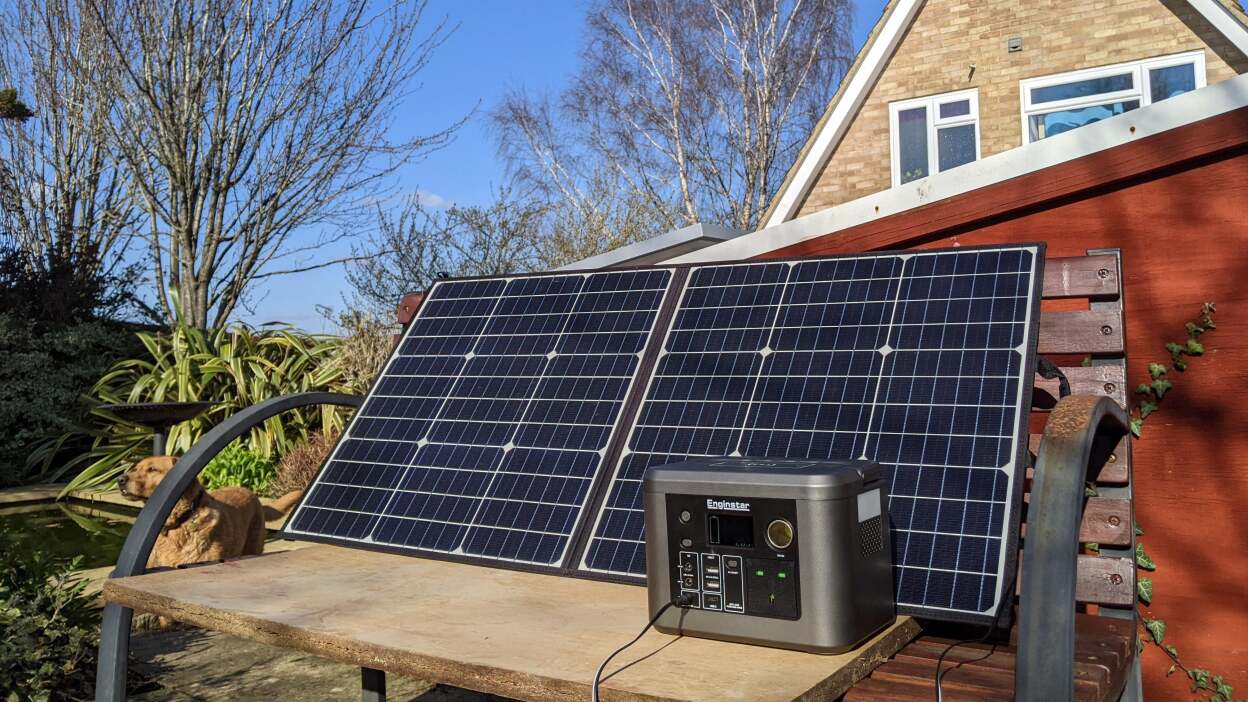Comparing portable power stations and traditional generators involves assessing various factors, including power output, fuel source, portability, noise levels, maintenance requirements, and environmental impact. Here’s a comparative analysis to help you understand the differences between the two:

- Power Output:
- Generators: Traditional generators typically offer higher power output, ranging from a few hundred watts to tens of thousands of watts (kilowatts). This makes them suitable for powering large appliances, power tools, and even entire households.
- Portable Power Stations: Portable power stations generally have lower power outputs compared to generators, typically ranging from a few hundred watts to a few kilowatts. They are suitable for charging small electronic devices, running lights, fans, and powering low-wattage appliances.
- Fuel Source:
- Generators: Most generators run on gasoline, diesel, propane, or natural gas. This reliance on fossil fuels means you need to store and replenish fuel regularly, and the availability of fuel may be a concern during emergencies or in remote locations.
- Portable Power Stations: Many portable power stations use lithium-ion batteries as their primary energy source. Some models also support solar panel integration, allowing you to recharge the batteries using renewable solar energy. This makes them a more sustainable and eco-friendly option compared to generators.
- Portability:
- Generators: While there are portable generator models available, they are typically heavier and bulkier than portable power stations. Moving them requires more effort, and they may not be as suitable for outdoor activities like camping or hiking.
- Portable Power Stations: As the name suggests, portable power stations are designed for easy transportation. They are lightweight, compact, and often feature built-in handles or carrying straps. This makes them ideal for camping trips, RV travel, and other outdoor adventures.
- Noise Levels:
- Generators: Traditional generators can be noisy during operation, emitting loud engine noises and vibrations. This can be disruptive, especially in quiet outdoor environments or residential areas.
- Portable Power Stations: Portable power stations are virtually silent during operation, making them more pleasant to use in outdoor settings and suitable for indoor use. This quiet operation is achieved because they don’t rely on combustion engines.
- Maintenance Requirements:
- Generators: Gas-powered generators require regular maintenance, including oil changes, filter replacements, and engine tune-ups. They also need to be run periodically to prevent fuel from going stale and to ensure they remain in working condition.
- Portable Power Stations: Portable power stations have minimal maintenance requirements. There are no fuel tanks to refill, oil changes to perform, or engine parts to replace. Simply recharge the batteries as needed, and they’re ready to use.
- Environmental Impact:
- Generators: Gasoline and diesel generators emit carbon dioxide (CO2), nitrogen oxides (NOx), and other pollutants when burned. They contribute to air and noise pollution and are not environmentally friendly.
- Portable Power Stations: Portable power stations produce no emissions during operation, making them a cleaner and more sustainable alternative to generators. If charged using renewable energy sources like solar power, they can have a minimal environmental impact.
While generators offer higher power output and may be necessary for certain applications, portable power stations have several advantages, including portability, quiet operation, low maintenance, and environmental friendliness. The choice between the two depends on your specific needs, budget, and environmental considerations.
